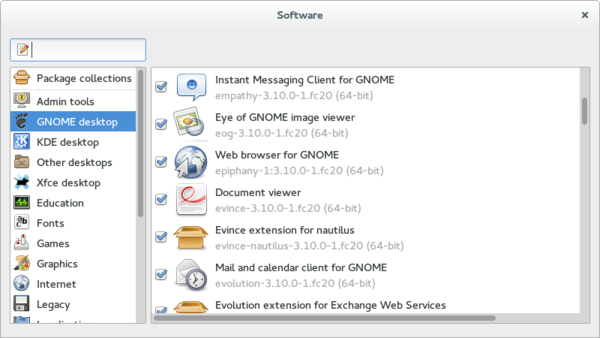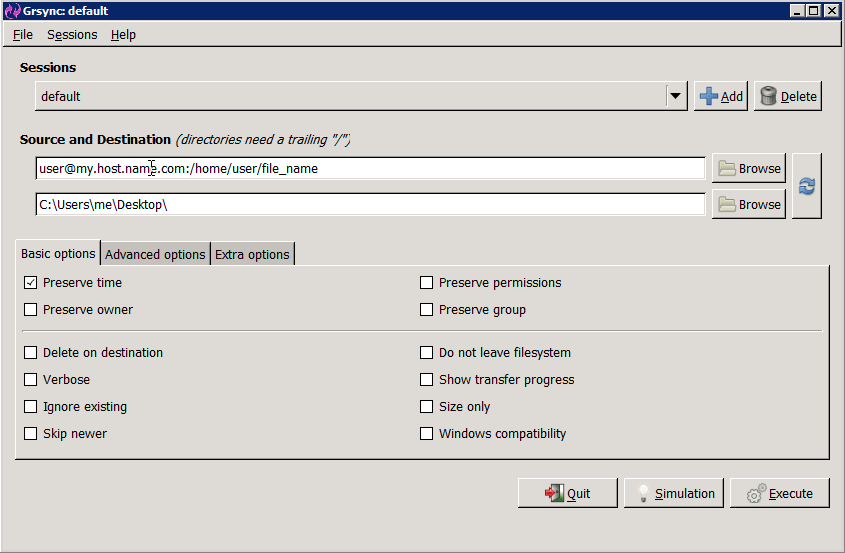

- #Uninstall grsync windows how to#
- #Uninstall grsync windows install#
- #Uninstall grsync windows pro#
- #Uninstall grsync windows Pc#
- #Uninstall grsync windows download#
A list of the applications installed on your computer will appear 6. Click on the Uninstall Programs button 5.
#Uninstall grsync windows pro#
Advanced Uninstaller PRO is a very useful system utility. It's recommended to take some time to get familiar with the program's design and number of features available.

#Uninstall grsync windows download#
#Uninstall grsync windows how to#
Here are some detailed instructions about how to do this:ġ. One of the best SIMPLE action to remove Backup Agent v2.25 is to use Advanced Uninstaller PRO. This can be difficult because deleting this manually requires some skill regarding PCs. Backup Agent v2.25 is a program marketed by, Inc. Some people want to remove this program.
#Uninstall grsync windows Pc#
The information on this page is only about version 2.25 of Backup Agent v2.25.Ī way to erase Backup Agent v2.25 from your PC using Advanced Uninstaller PRO They occupy about 15.28 MB ( 16019802 bytes) on disk. The executables below are part of Backup Agent v2.25. We can even use some more advanced solutions for backup like rsnapshot or rdiff-backup, since both operate on rsync.A guide to uninstall Backup Agent v2.25 from your PCThis web page contains thorough information on how to uninstall Backup Agent v2.25 for Windows. The Windows version was created by, Inc. Take a look here for more info on, Inc. Please follow if you want to read more on Backup Agent v2.25 on, Inc.'s page. The application is frequently found in the C:\Program Files (x86)\ Backup Agent directory (same installation drive as Windows). Backup Agent v2.25's complete uninstall command line is C:\Program Files (x86)\ Backup Agent\unins000.exe. The program's main executable file is labeled _backup_agent.exe and it has a size of 8.13 MB (8527872 bytes). Just run the appropriate command to synchronize the contents of the virtual directory on the client computer that will be responsible for performing backups, being 192.168.0.20 the Windows box, aeat the virtual directory and /var/data/backups/aeat the target directory where the synchronized files will be stored on the computer running rsync: $ rsync -avz -delete-before 192.168.0.20::aeat /var/data/backups/aeat/ Once you have everything set up on Windows only one thing would be to finish. We have the ability to set these virtual directories as read-only to prevent them from being changed from outside and also to establish a username and password, but it won’t be necessary if we use SSH as authentication mechanism. We need to start it as a service running in the background via the main configuration console.įinally, simply specify the virtual directories that contain the files you want to synchronize, wich will be the only visible ones from the rsync client.
#Uninstall grsync windows install#
Just need to set up an SSH server on your Windows computer and install the DeltaCopy Server software, which will serve as an rsync server.ĭeltaCopy Server is set to listen on port 873 to serve requests for file synchronization in the same way the rsync daemon does. There exists a simpler solution consisting in leveraging the flexibility and security SSH provides and the simplicity and reliability of rsync to synchronize files across the network. And yet, the file transfer through the network would not be safe, because it would be made text clear with no encryption. Linux natively incorporates the rsync utility and other associated tools, but what do you do when you need to backup Windows folders automatically from a NAS or a remote machine? One option could be to use Samba to read the contents of those folders from Linux, but it would be a fairly complex solution, because it would force us to configure Samba on the server side, set the various permissions and configuration options in Windows and place both machines on the same local network or configure complex rules on our firewall to allow SMB/CIFS traffic. Many corporate and heterogeneous networks use the rsync protocol to perform server backups or to keep files synchronized automatically from one or more directories on different machines.


 0 kommentar(er)
0 kommentar(er)
